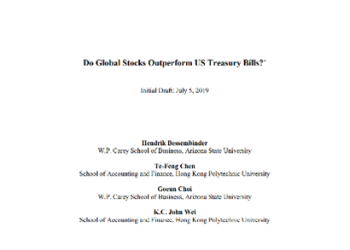This reform guide, updated annually, provides an effective and comprehensive framework for retirement planning.
It contains several charts that explain complex issues clearly and concisely.
Although it is written in the context of the U.S. reform framework and some of the topics are specific to the U.S., the vast majority of its facts, analyses, and conclusions are valid for many other countries.
This document, in the form of a presentation brochure, is structured in chapters on the scenario of retirement, savings, expenses and investment.
In the context of retirement, it addresses the retirement equation, longevity or life expectancy, changes in lifestyle, the trade-offs of deciding the starting age of receiving the retirement pension (note: in many other countries it is possible to access this information by consulting the Social Security systems).
In the savings needed by income bracket, it presents the retirement savings milestones as a function of household income, the income replacement rate needed in retirement, the benefits of saving and investing early, and the annual savings rates needed at each age.
In expenditure and investment management, it analyses changes in spending, expenditure and inflation, the effects of call rates and portfolio allocations, the expected outcomes of the 4% rule versus historical experience, the effects of call rates and portfolio allocations, the cost of adverse market fluctuations – the time risk of mobilisation and the reduction of the cost of adverse market fluctuations –; dynamic spending, and health costs.
In investments, it develops the management of wealth based on objectives, the structuring of an investment portfolio to match the objectives of the investors in retirement, the structuring of a retirement portfolio – the piggy bank strategy, the retirement profiles by results of the retirement planning, the risk of the sequence of returns – the investment in one go, the risk of returns – savings for and spending in retirement, the impact of not being invested in the stock market, and the management of retirement savings priorities.




















